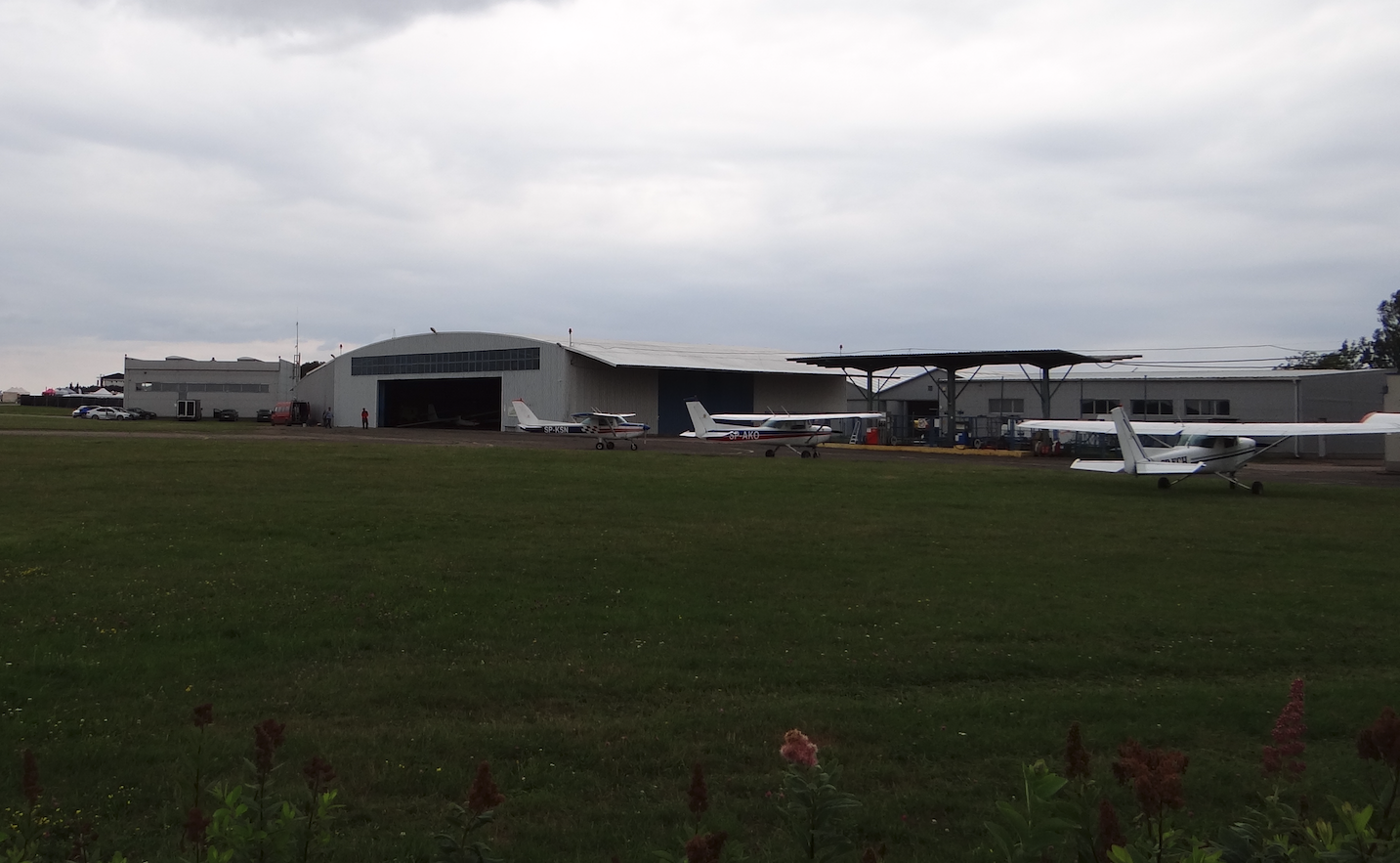Częstochowa 2025-08-02
Częstochowa Rudniki Airport.
Geographic coordinates: 50.884N 19.203E. Elevation 262 m (860 ft). Częstochowa Aeroclub Rudniki Airport, 101 Jana Pawła II Street, 42-240 Kościelec.
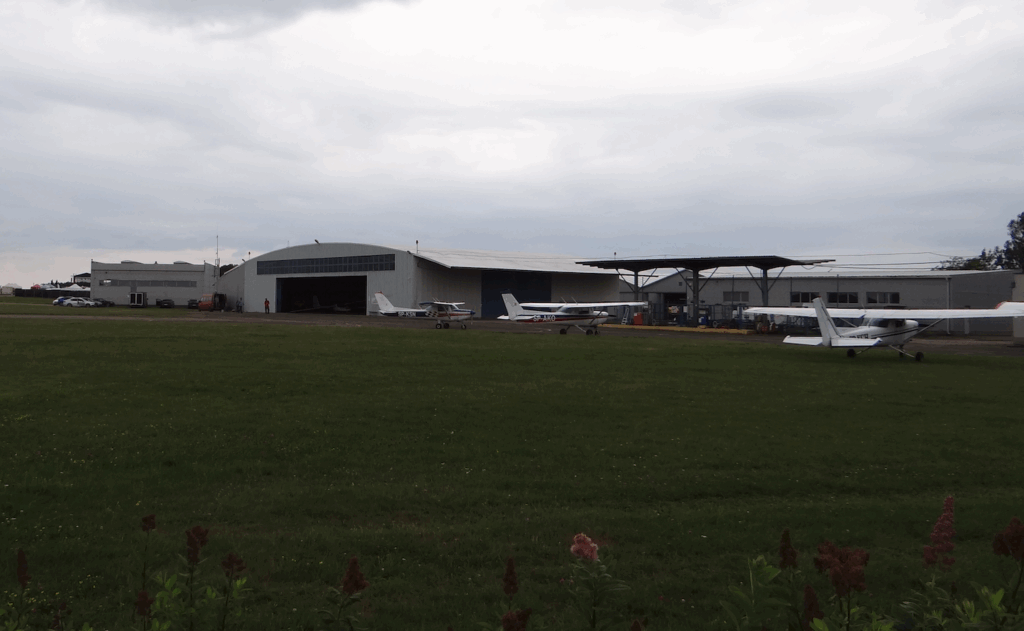
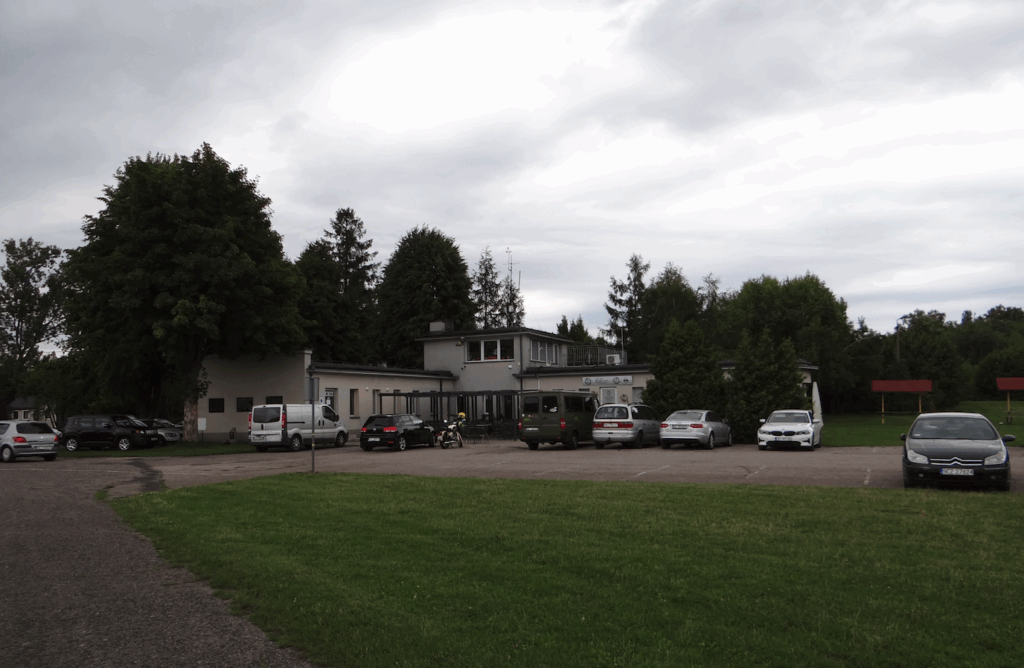
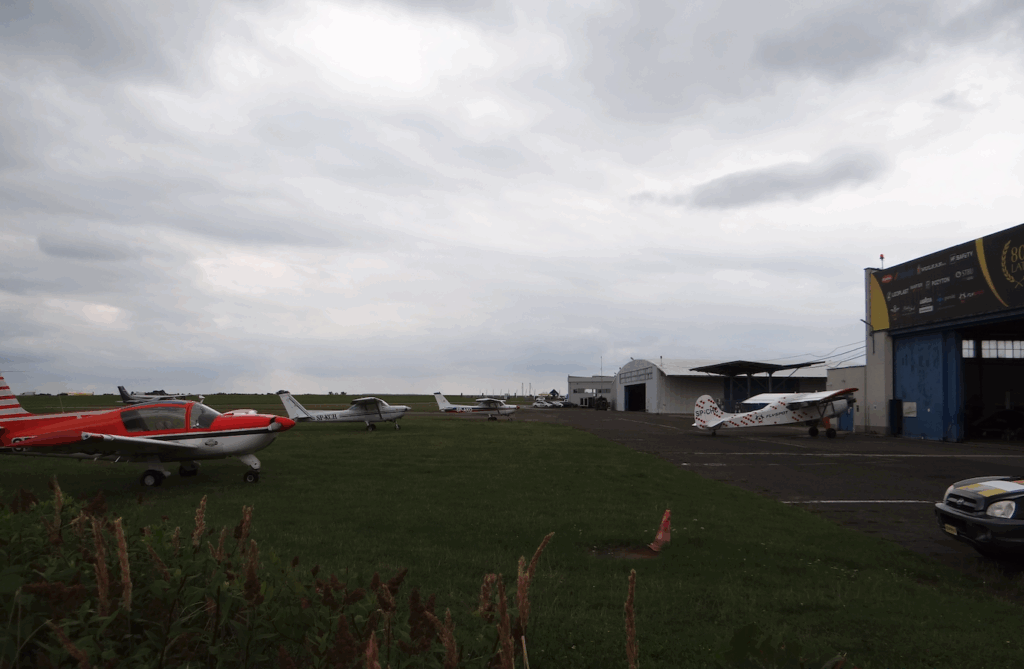
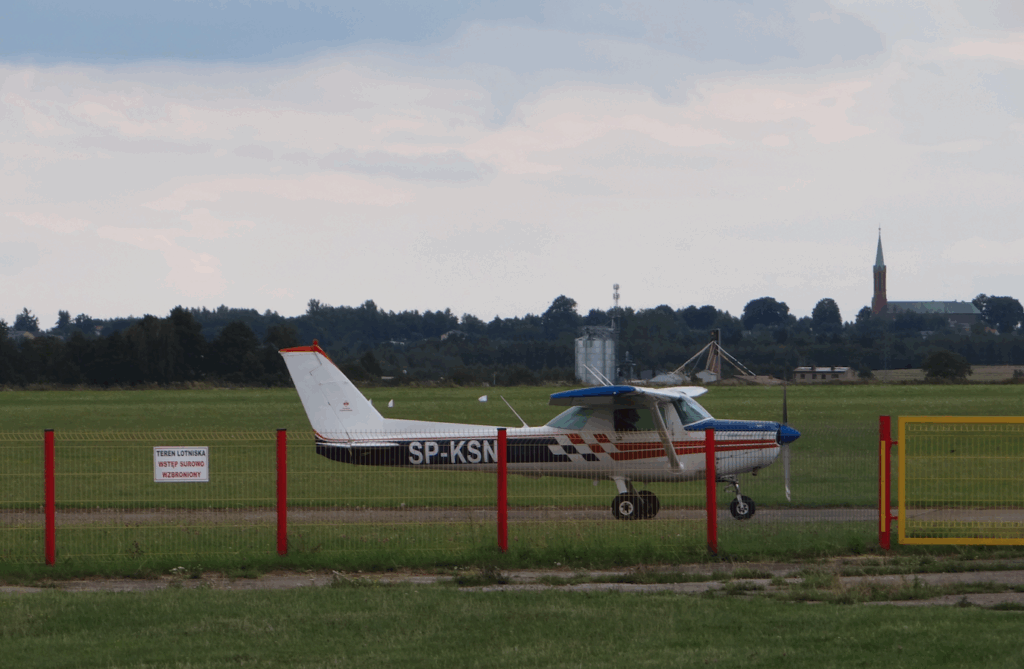
The date when the Soviets handed over the airport to the Polish Army is unknown. It is known that the Polish Army operated the airport from at least 1953. Around 1955, Rudniki Airport was expanded. The runway was extended to 2,000 m and widened to 60 m. New taxiways were constructed. A 120 m x 50 m aircraft parking area was built next to the eastern taxiway (connector). Because the airport was considered a reserve (training) area, no support facilities such as brick barracks, workshops, or warehouses were built here. Tents, field kitchens, portable bathhouses, etc., were used as staff facilities.
In 1953, the Polish Army classified the airport as an alternate for the 39th Fighter Regiment stationed in Mierzęcice. The 53rd Fighter-Attack Aviation Regiment from Mirosławiec stationed PZL Lim-2 aircraft here periodically. Later, Lim-6 bis aircraft landed here. The airport was also used by: The 6th Fighter-Attack Aviation Regiment and the 51st Fighter-Attack Aviation Regiment were both based in Piła. After 1968, the airport was periodically used by the 10th Fighter Aviation Regiment from Łask. MiG-21 aircraft from this Regiment were based here in the 1970s and 1980s. The Polish Army abandoned Rudniki Airport in the early 1990s. Military aircraft rarely landed here, and no combat aircraft landed here.
At the beginning of the 1950s, the Częstochowa Aeroclub was established. However, the first parachutists, gliders, and light aircraft pilots arrived in 1957.
Attempts were made to incorporate Rudniki Airport into the network of domestic airports operated by LOT Polish Airlines. This was successful in the 1983 season. This was a significant move by the communists, who, after the suspension of martial law, offered pilgrims traveling to Jasna Góra air travel. During this time, Saint John Paul II the Great visited Poland. Antonov An-24 aircraft operated the Warsaw-Częstochowa and Gdańsk-Częstochowa routes. The route was not popular, and seat occupancy was low. Generally, the poor could not afford such luxury. A ticket cost nearly 1,000 złoty, while a worker at the cement plant in Rudniki earned 4,000-5,000 złoty. LOT Polish Airlines also operated several flights between Częstochowa and Koszalin.
In addition, the communists explained that commercial service was launched because Mierzęcice-Pyrzowice Airport was undergoing renovations. However, in such situations, aircraft were redirected to Balice Airport near Kraków. Rudniki Airport lacked any technical support for commercial aircraft. This support had to be established. In the 1984 season, the service was not restored.
In the 1990s and until 2003, PZL An-2 aircraft were periodically based here, used for parachute training. The airport was operated by a platoon-sized military unit. In addition to operating the aircraft and the airport, soldiers performed guard duties.
In 2001, the Polish Army transferred the airport to the Military Property Agency. The airport was put up for sale, while retaining its aviation character. Since 2004, the airport has been privately owned.
From 2007 to 2017, the airport was listed in the Civil Aviation Authority’s register of landing fields under item 24. In 2017, the airport was entered into the Civil Airport Register as a public-use airport not subject to certification. This means that aircraft whose flight does not require air traffic control supervision at the airport can land and take off at the airport. The airport is approved for operations by: airplanes, helicopters, gyroplanes, gliders, paragliders, powered paragliders, powered hang gliders, and parachutes – in accordance with VFR regulations, day and night, for aircraft with a gross take-off weight (MTOW) of up to 5,700 kg. The landing field is open year-round, day and night. Arrivals must be arranged with the airport operator. The airport has former military infrastructure: hard and dirt RWYs, taxiways, hangars, warehouses, a fuel depot, an air traffic control tower, a flying club building with a café. There is a dedicated parachute landing area. It is powered by its own transformer substation and a railway siding, largely demolished.
Incidentally, the cost of converting it into a public-use airport, not subject to certification, is approximately 1 million PLN. One of the benefits of such a conversion is the right to approach aircraft using the GNSS satellite navigation system. This allows international flights to land at the airport.
The airport’s development plans are at the local level, as Pyrzowice Airport is located 65 km away.
Access to the airport is very good and easy. The airport is located at a road junction on the A1 motorway, the E75 expressway, and the Amber Motorway, with local county roads. From the junction, head south towards Kościelec. In the center of the village, at the main intersection, turn right, heading west.
This is a sports airport. It is managed by the Częstochowa Aeroclub and owned by a private entity. IATA code – CZW. ICAO code – EPRU. Geographic coordinates: 50°53′10.08″N 19°12′08.90″E. Altitude above sea level: 262 m above sea level (860 ft). The landing field has one hard concrete runway in the 08/26 direction, measuring 2,000 m x 60 m. The threshold of the main runway (DS1) has been moved 200 m to the west. Parallel dirt runways with grass surfaces are located. Typically, DS2 measures 720 x 240 m and DS3 measures 1,800 x 140 m. DS2 and DS3 are marked with white delimiters at least every 100 m. Each delimiter has a minimum size of 3 m x 1 m.
Radio communication – Rudniki Radio – 122.800 MHz. Aeroklub tel.: +48 783 995 277, +48 34 32 79 755. The airport can be used by aircraft with a take-off weight of up to 5,700 kg. The take-off area is adequately lit and ready to accommodate aircraft and helicopters using the GNSS satellite navigation system.
The runway and taxiway layout from the communist era has been preserved on the take-off area. All hard surfaces are made of concrete. The PPSs remain on the eastern and western taxiways (connector). A helipad, or landing pad, was located on the eastern apron. In the eastern part of the airport, fragments of fortifications and embankments for combat aircraft have survived. Remaining fragments include the vehicle park (PKT), bomb depot, fuel station, shooting range, and brick buildings currently occupied by the aeroclub. Currently (2025), the airport houses two large hangars and several smaller ones, storing airplanes, gliders, helicopters, and gyroplanes.
From the airport, the Rudniki Chemical Plant and the Rudniki Chemical Plant are clearly visible. These are excellent landmarks for pilots, as are the nearby highway and railway lines.
Written by Karol Placha Hetman

